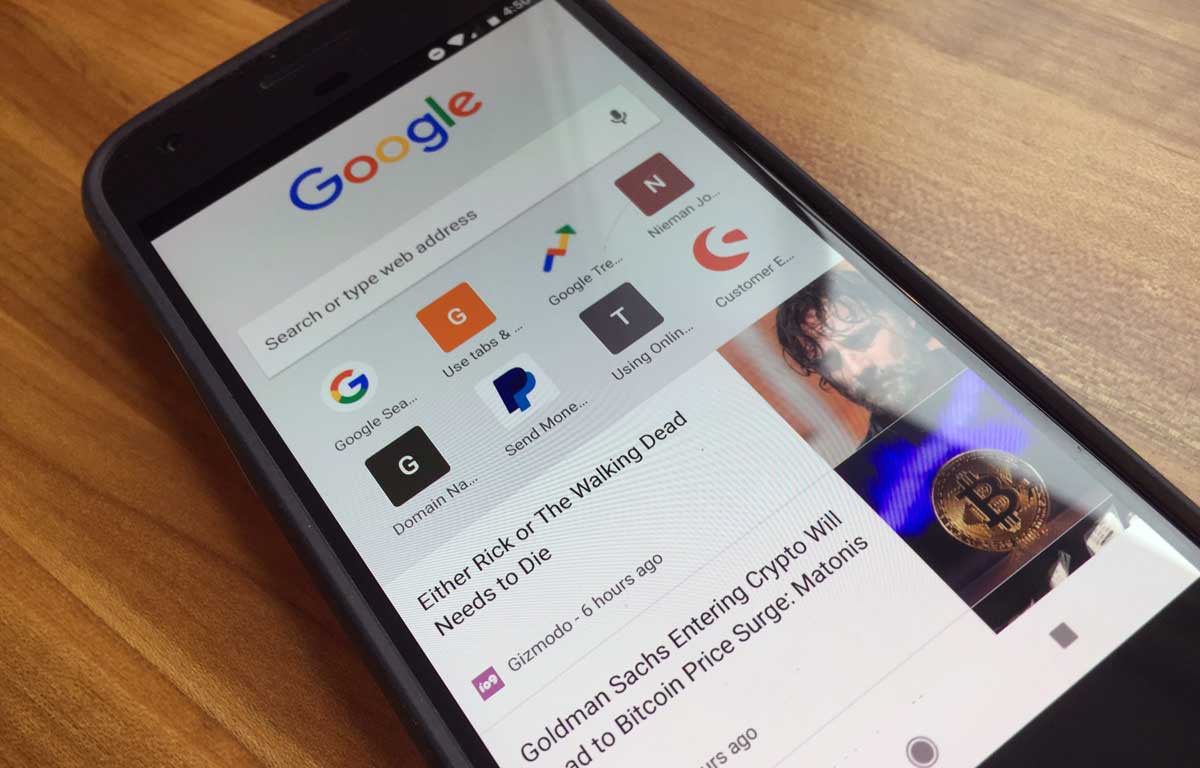
The start of a new year often brings along innovations and advancements that transform the world of digital publishing. Keeping up with these trends is critical for publishers as it can help them improve their platforms. Aside from gaining access to new segments before the industry catches up, you can also pick up new techniques to boost your most important metrics.
With all of the above in mind, staying up to date with all the news can be daunting, especially if you can’t find condensed information. Let’s take a look at some of the hottest trends that will influence digital publishing in 2019.
Google Article Suggestions and Apple News

Referral traffic has always been left to search engines and social media platforms. Now, thanks to a new report by Chartbeat, we know that Chrome’s mobile article recommendations have become the 4th biggest source of referral traffic.
Yes, you read that right, traffic is coming directly from the mobile Chrome browser ranks fourth in referrals, only behind Facebook, Twitter, and Google’s search engine. The study indicates that traffic from suggested articles increased by a stunning 2,100% in 2017 alone.
If you’re not familiar with them, Chrome’s article recommendations appear whenever a person opens a new tab on their mobile browser. These suggestions are personalized according to your search patterns and other data that Google collects about user behavior.
To capitalize from this trend, you should create content that’s optimized for the recommended articles. The first thing you want to do is implement Google AMP as more than 70% of the content featured on Chrome has this upgrade.
You can also increase your chances for appearing the suggested articles by racking up email subscribers. Google draws a lot of personalization data from Gmail accounts, so having your company email listed may improve the probability of having a featured article.
Vertical Content Layout

Vertical content refers to the pieces that are designed for smartphones. As the name indicates, they have a vertical layout. And, a recent study by Animaker suggests that these videos are 58% more effective than their horizontal counterparts.
According to the same research, cost per impression for vertical content is also lower. Publishers should start developing this type of content, especially considering the fact that users spend more time on their mobile than desktop devices.
Adblocking is Still a Major Issue
Although the GDPR caused a fair amount of hysteria, ad blockers still present a steady threat that’s robbing publisher from impressions. About 12.1 million people use ad blockers every month in the UK alone, and the numbers are rising.
To avoid this, you can set up messages that encourage users to remove their ad blockers or whitelist your site. Some platforms choose to completely gate their content and only provide access if the users disable the ad blocker. That said, this setup usually works best for publishers that have a loyal base of followers.
Veering Away from Facebook
While it’s unclear if it’s due to security issues, executive-level issues, or another reason, publishers are starting to avoid Facebook as much as possible.
Even when it remains a solid source of referral traffic, many publishers are starting to diversify their portfolio and prepare for the potential downfall of the social media giant.
Alternative platforms like Snapchat and Pinterest are becoming a crowd favorite and they neet the criteria of having no link with Facebook and still delivering a high number of referrals.
Diversification of Revenue Streams
Not only are publishers trying to veer from Facebook, but they are also trying to find additional funding sources besides ads. Content has always been king, and the platforms that produce the best content are starting to request subscriptions or memberships that generate additional revenue.
Optimize for Voice Search
Some projections estimate that 50% of all searches will be carried out through voice search by 2020. This means that you’ll have to optimize your content for voice search. Long-tailed keywords tend to perform better, but you also have to use a Schema Structure to help the voice search algorithm.
Do you follow any of these trends?


